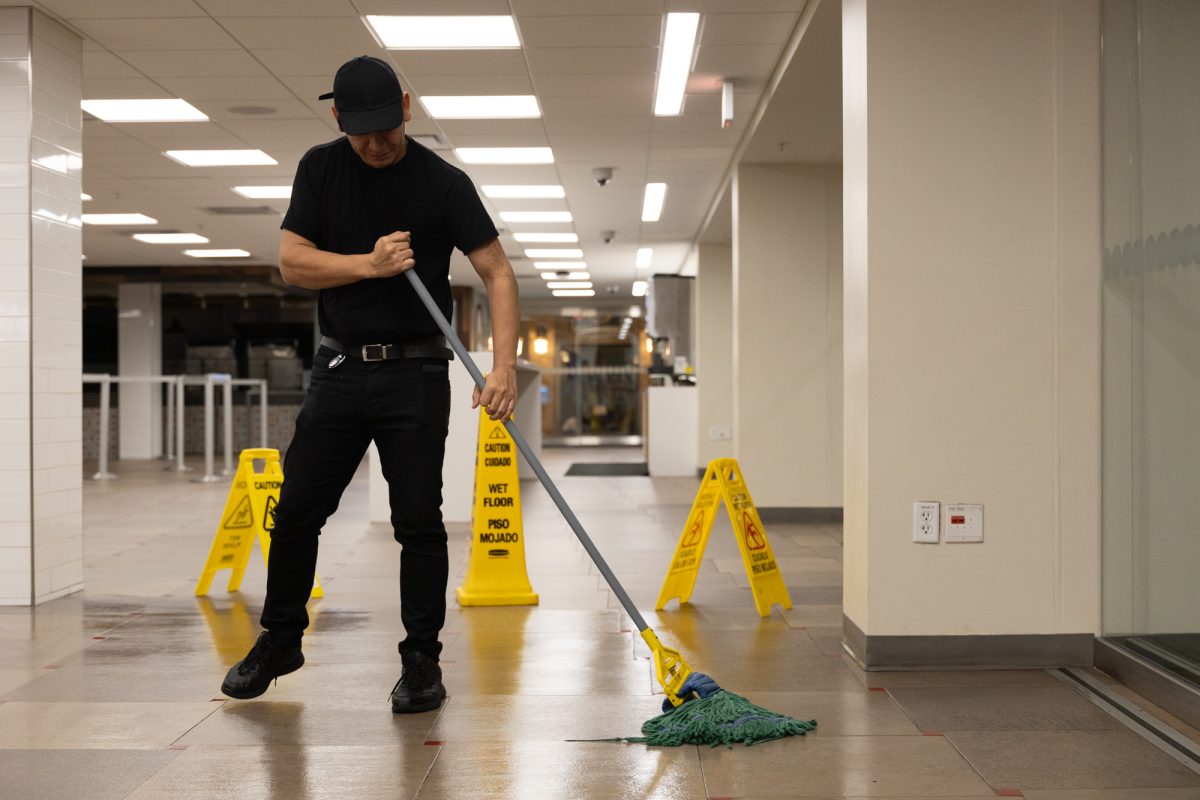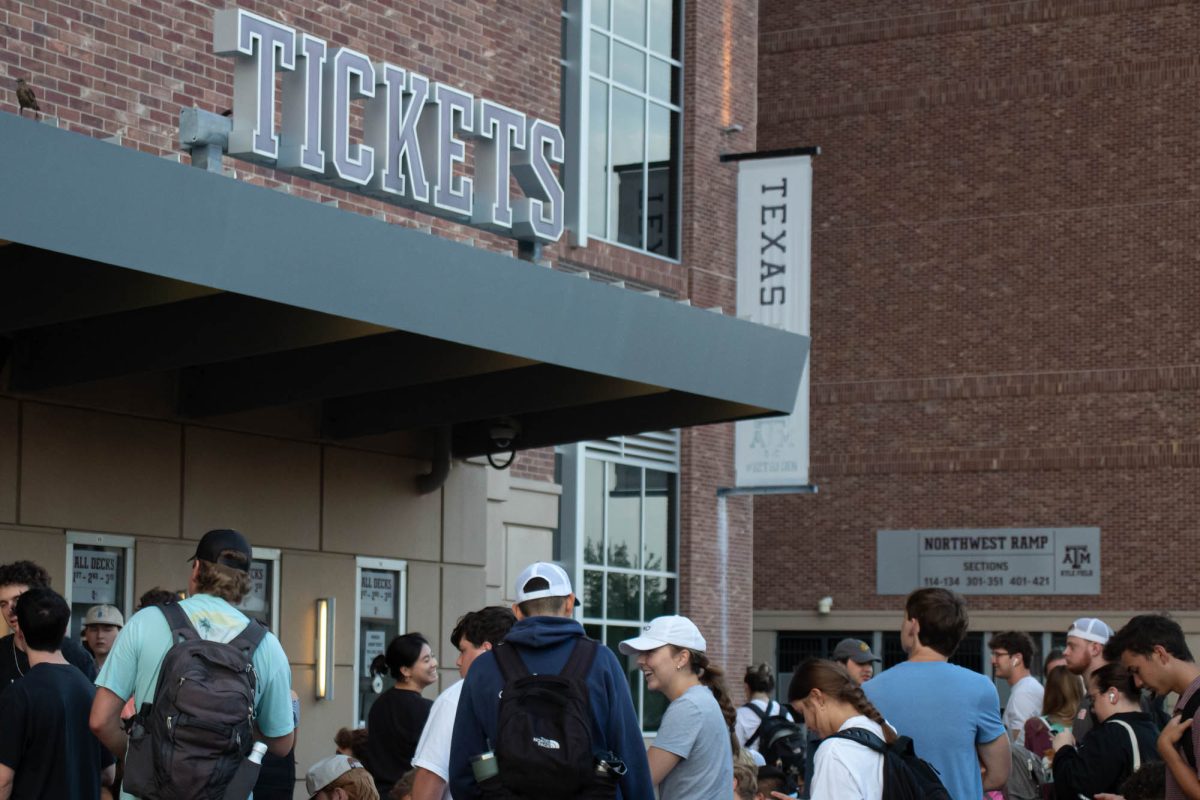According to a 2000 UN data comparing 37 nations for which statistics were available, the United States ranks third out of the countries involved when it comes to the percentage of homicides that involved a firearm. Sixty-five percent of American homicides involved a gun. This is trailing only Colombia and Guatemala, but 14 percent higher than fourth-place Costa Rica, 25 percent higher than Germany in seventh-place, 31 percent more than thirteenth-place Canada, and far ahead of twenty-second-ranked Mexico’s 21 percent of homicides involving firearms.
A lot of attention has been paid to the violence in Mexico lately, and it might be shocking to Americans to learn how many of the guns involved in these crimes came from America. According to a joint statement presented to the Senate Judiciary Committee’s Subcommittee on Crimes and Drugs by William Hoover, assistant director for Alcohol, Tobacco and Firearms Field Operations, and Anthony Placido, assistant administrator of intelligence with the Drug Enforcement Agency, 90 percent of traceable firearms seized in Mexico originated in the United States.
It should be kept in mind this is only referring to 10,055 of the 29,000 guns seized by Mexico in the past two years that were given to the department of Alcohol, Tobacco and Firearms for tracing, according to a Senate testimony. Despite being unable to determine an exact percentage of the origin of all firearms seized by Mexican authorities, U.S. Attorney General Eric Holder publicly stated in early April that a majority of guns seized in Mexico came from the United States.
The reasoning for this is because it is easier to obtain a gun in the United States than it is in Mexico. The Mexican Constitution includes a right to bear arms for its citizens, but interpretation of this law limits its people to a small selection of pistols, shotguns and rifles. Not to mention Mexico’s right of an individual to bear arms applies only to their own property; they aren’t allowed to tote their weapons across the country.
It is easier to smuggle heavy firearms from the United States than it is to obtain them in Mexico initially. As the United States searches for ways to prevent drugs from coming up from Mexico, Mexico is expanding its own border security programs to keep American guns from heading south, according to Mexican Attorney General Medina Mora.
The stricter the gun laws of a nation and its neighbors are, the lower the rate of homicides involving firearms will be. Most of Europe has strict gun laws to prevent easy access to deadly weapons. As a result, European countries have among the lowest rates of fatal shootings in the world. The notion of, “Everyone should have access to guns because the bad guys will get them regardless,” doesn’t have to be true if you don’t want it to be.
Change wouldn’t come overnight, or probably for a number of years, but if the United States committed itself to gun control laws as strictly as its neighbors did, this country could give up the bronze medal it earned for excessive gun violence in the 2000 UN survey.
It astounds me that anyone would think the best way to combat violence is by granting everyone easier access to guns and concealed handgun licenses. The notion that concealed carry discourages gun violence simply doesn’t make sense. If you are hiding your gun from view, nobody will be discouraged from attacking you because they won’t know you have a gun in the first place. If you really want to use a handgun to discourage violence, argue for the right to walk around town with it visibly strapped to your hip and a belt of ammo draped over your shoulder.
Champions of the concealed carry crusade are quick to point out that concealed handgun license holders are 5.7 times less likely to commit a violent crime. Frankly, that’s not good enough. If I’m going to be handing out the right to carry a concealed firearm, I want to know 100 percent of those individuals will not be committing a violent crime with the privileged weapon the state has bestowed to them.
That’s correct – privilege, not a right.
The Second Amendment of the U.S. Constitution reads, “A well regulated Militia, being necessary to the security of a free State, the right of the people to keep and bear Arms, shall not be infringed.” I don’t believe a majority, if indeed any, of the gun owners out there belong to a local militia.
Webster’s Dictionary defines militia as, “a part of the organized armed forces of a country liable to call only in emergency.” Sounds like the National Guard to me, but even they can’t bring their weapons home.
If you want a gun, join the National Guard and use your newfound right to an armed militia to defend the country. Otherwise, stop misinterpreting the Bill of Rights.
Let’s assume that concealed carry activists do get their wish and every college student applies for a concealed handgun license. I’ll be generous and say that 50 percent of all students are disqualified, and the 50 percent who manage to obtain guns will never commit a crime in their life and only act out of self-defense.
Imagine all of these students sitting in their classrooms in Blocker, when the sound of a gunshot is heard. Half the students pull out their concealed weapons and storm into the hallway to distribute vigilante justice. Several dozens of armed students flood the hall, pistol in hand, knowing they heard a shot. Which of them is the shooter? Nerves are high, confusion is profound; all it takes is one itchy trigger finger, one slip, and the sound of a car backfiring outside has triggered an avoidable tragedy.
If you want to reduce the number of gun-related homicides, reduce the number of guns. It’s as simple as that.
Gun rights and wrongs
April 22, 2009
0
Donate to The Battalion
Your donation will support the student journalists of Texas A&M University - College Station. Your contribution will allow us to purchase equipment and cover our annual website hosting costs.
More to Discover








